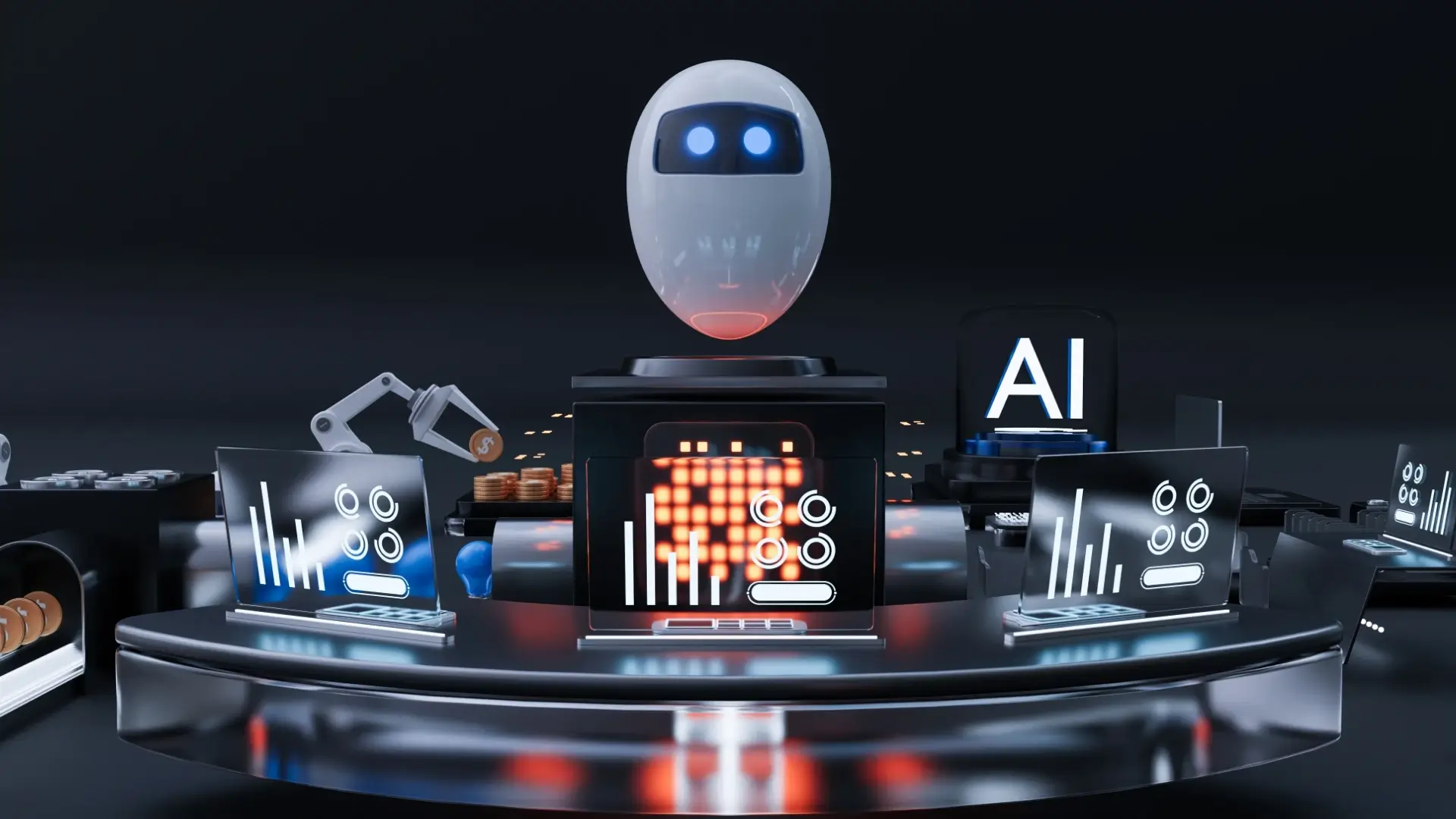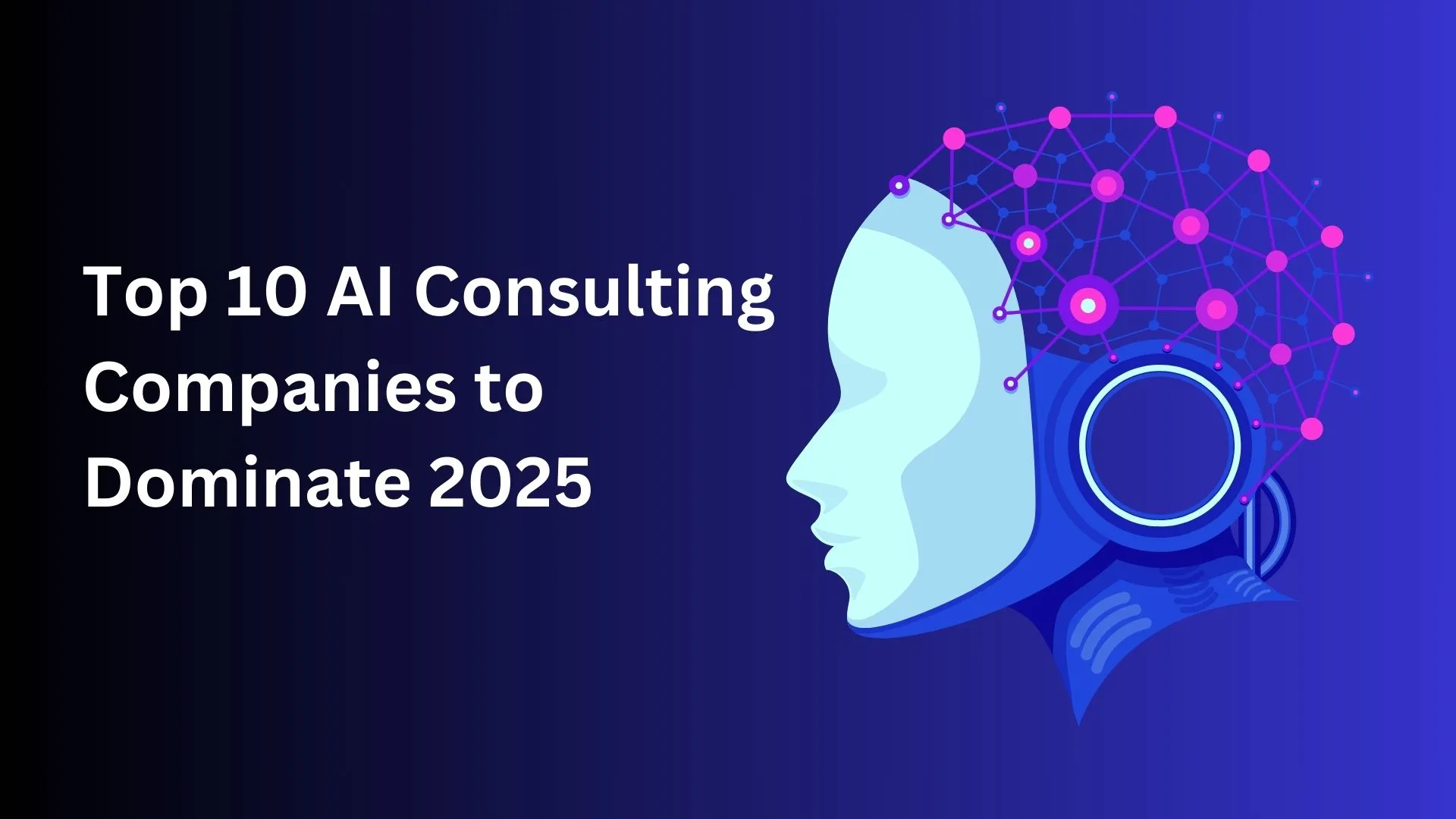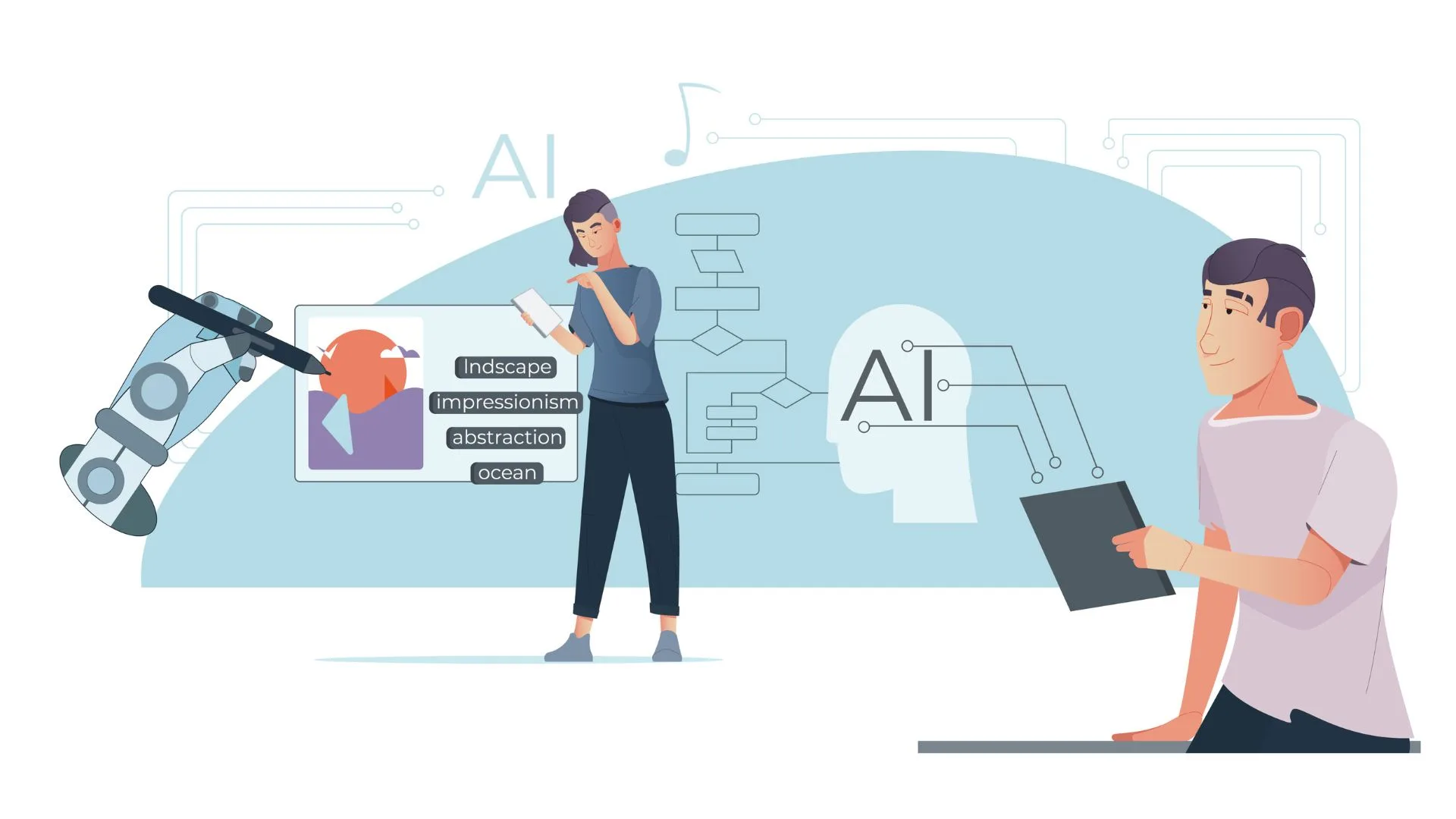In the fast-paced world of software development, technical debt is an ever-present challenge. This metaphorical debt accumulates when developers opt for quick fixes, face tight deadlines, or grapple with constantly evolving requirements. The result? A codebase that’s messy, inefficient, and increasingly difficult to maintain.
But there’s hope on the horizon. Enter Generative AI (GenAI), a powerful ally in the battle against technical debt. This article explores how GenAI is revolutionizing software development practices and providing developers with innovative tools to tackle technical debt head-on.
What is Generative AI?
Generative AI refers to a class of artificial intelligence models capable of creating new content, including code, text, and images. In the context of software development, GenAI acts like a tireless assistant, understanding complex codebases, suggesting improvements, and even automating tedious refactoring tasks.
The GenAI Arsenal: Weapons Against Technical Debt
1. Advanced Code Analysis and Review
GenAI-powered tools offer unparalleled capabilities in code analysis:
- Comprehensive Scanning: These tools can rapidly analyze entire codebases, identifying potential issues such as code duplication, inefficiencies, and readability problems.
- Intelligent Issue Prioritization: By assessing the severity and impact of identified issues, GenAI helps developers focus their efforts where they matter most.
- Context-Aware Suggestions: Unlike traditional static analysis tools, GenAI can provide recommendations that take into account the broader context of your project.
2. Automated Refactoring
GenAI is transforming the refactoring process:
- Smart Code Transformations: From simple renaming to complex restructuring, GenAI can suggest or implement refactoring techniques automatically.
- Pattern Recognition: These tools can identify common anti-patterns and propose more efficient alternatives.
- Consistency Enforcement: GenAI ensures refactoring adheres to your project’s coding standards and best practices.
3. Enhanced Documentation
Clear documentation is crucial for managing technical debt. GenAI excels in this area:
- Intelligent Comment Generation: GenAI can create clear, concise code comments that explain complex logic and improve code readability.
- Automatic README Updates: As your project evolves, GenAI can help keep documentation up-to-date, ensuring new team members can quickly get up to speed.
- API Documentation: GenAI can generate comprehensive API documentation, making it easier for developers to understand and use different parts of the codebase.
4. Next-Level Code Completion
GenAI is revolutionizing code completion tools:
- Context-Aware Suggestions: These tools understand the broader context of your code, offering more relevant and sophisticated completion options.
- Best Practice Integration: GenAI-powered completion can suggest code snippets that adhere to established best practices and design patterns.
- Error Prevention: By suggesting more appropriate solutions, these tools can help prevent common coding errors before they occur.
5. Architectural Insights
GenAI can provide valuable insights into your software’s architecture:
- Dependency Analysis: Identify complex dependencies and suggest ways to simplify your codebase’s structure.
- Scalability Assessment: GenAI can analyze your architecture and provide recommendations for improving scalability and performance.
- Design Pattern Recognition: These tools can recognize existing design patterns and suggest improvements or alternatives where appropriate.
Best Practices for Wielding GenAI
While GenAI is a powerful ally, it’s essential to use it wisely:
- Human Oversight is Crucial: GenAI is an assistant, not a replacement for human expertise. Always review and test AI-generated code thoroughly.
- Integrate GenAI into Your Workflow: Incorporate GenAI tools into your development process, but don’t let them become a crutch for poor coding practices.
- Continuous Learning: Stay updated on the latest GenAI advancements and best practices to maximize its effectiveness in your projects.
- Customize for Your Needs: Many GenAI tools can be fine-tuned to your specific project requirements. Take advantage of this customization to get the most relevant assistance.
- Balance Automation and Control: While GenAI can automate many tasks, maintain a balance that allows for human creativity and problem-solving.
The Future of Software Development with GenAI
As GenAI technology continues to evolve, we can expect even more sophisticated tools and techniques to emerge:
- Self-Healing Code: Future GenAI systems might be able to automatically detect and fix certain types of bugs or inefficiencies in real-time.
- Predictive Maintenance: GenAI could predict where technical debt is likely to accumulate and suggest proactive measures to prevent it.
- Natural Language Programming: As GenAI becomes more adept at understanding natural language, we may see a shift towards more intuitive, conversation-based programming interfaces.
Conclusion: Embracing GenAI for a Debt-Free Future
Generative AI is not just a trend; it’s a transformative force in software development. By leveraging GenAI to tackle technical debt, developers can focus more on innovation and building robust, sustainable software. As we continue to refine and expand GenAI capabilities, we move closer to a future where technical debt becomes a manageable challenge rather than an insurmountable obstacle.
Embrace GenAI as your trusted companion in the ongoing battle against technical debt. With this powerful ally by your side, you can build a software empire that not only stands the test of time but also paves the way for future innovations.









